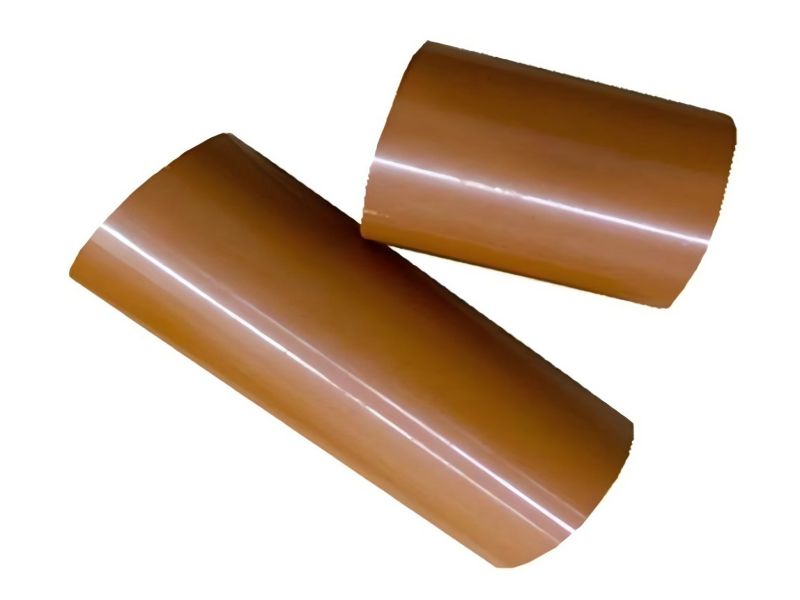Polyimide rod is a high-performance polymer material with polyimide (PI) as the main component, which is made into rod form by high temperature and high pressure process. Its molecular structure contains imide-based chain links, belonging to the aromatic heterocyclic polymer compounds, with high temperature resistance, high strength, excellent insulation and other characteristics.

Item | Acceptance requirements | Unit |
Color | Brownish yellow | / |
Rockwell hardness | 45-65 | HRE |
Notch impact strength | ≥100 | Kj/m2 |
Tensile strength | ≥100 | MPa |
Elongation at break | ≥8.0 | % |
Bending strength | ≥100 | MPa |
Modulus of elasticity | ≥2600 | MPa |
Density | 1.41 | g/cm3 |
Water absorption | 0.16 | % |
Surface resistivity | >1012 | Ω/sq |
High temperature stability
Wide range of long-term use temperature (-200℃ to 300℃), resistant to extreme high temperature environment, no significant melting point.
Excellent insulation properties
Low dielectric constant (about 3.4), high dielectric strength, suitable for high-voltage electrical and electronic equipment.
Excellent mechanical properties
Tensile strength up to 343 MPa (e.g. Kinel 5504), high hardness, good wear resistance, excellent dimensional stability.
Chemical resistance and self-lubrication
Resistant to acid, alkali and solvent corrosion, some modified materials have self-lubricating properties, reducing friction loss.
Environmental protection and safety
Non-toxic, self-extinguishing, low smoke emission during combustion, in line with environmental requirements.
Aerospace
Used for manufacturing high temperature structural parts, engine parts, seals, etc., which are resistant to extreme temperature and high load environment. For example: spacecraft heat insulation parts, rocket parts, etc.
Electronic information industry
Used as an insulating material for circuit boards, electronic packages, etc., to meet the insulating needs of high-voltage, high-frequency environments. Examples: FPC (flexible circuit board) substrates, electronic component support structures.
Biomedical field
Used for medical device components due to its good biocompatibility and sterilization resistance. Examples: surgical instruments, medical device housings.
Automotive industry
Used for high-temperature and high-pressure parts such as engine covers and brake systems to enhance durability and thermal stability.
Precision instruments and machinery
Used as wear-resistant, low-friction bearings, gears and other transmission parts for high-precision equipment.
Polyimide rods have become key materials in aerospace, electronics, automotive and other fields by virtue of their unique comprehensive performance. Its high-temperature stability, insulation and mechanical strength make it a significant advantage in replacing traditional metal materials (such as aluminum, bronze), while meeting the demand for lightweight and high performance.